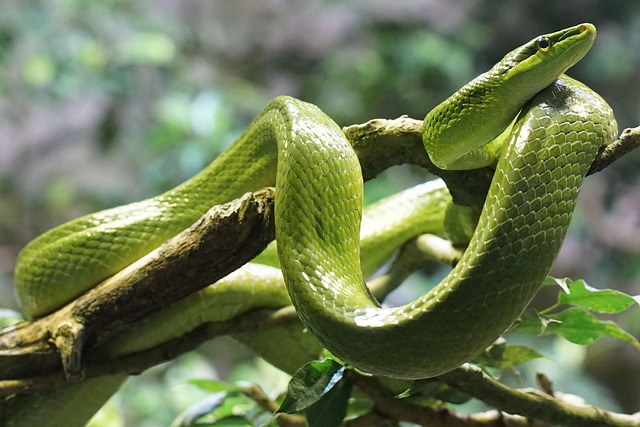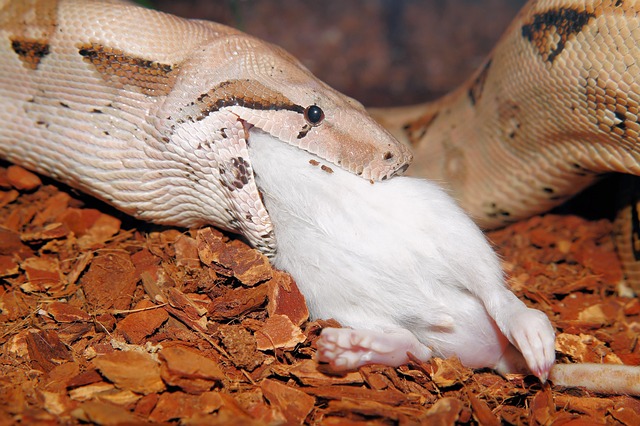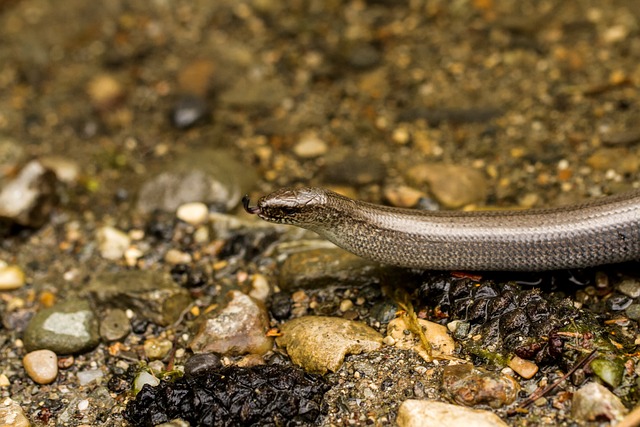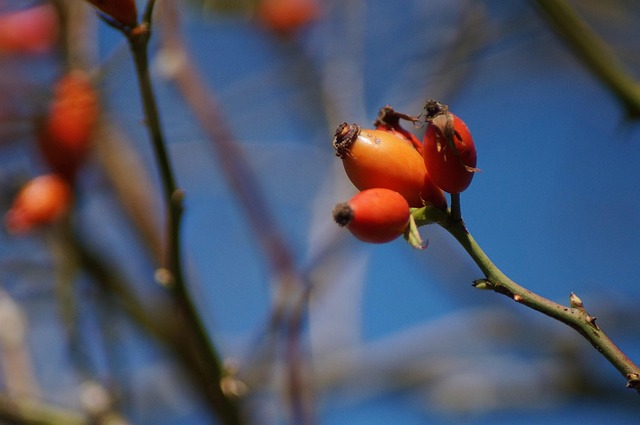Grapefruit seed extract (GSE) is a natural and effective DIY mold removal solution. Its antimicrobial properties, derived from niacinic acid and polyphenols, inhibit and eliminate fungi like molds. Dilute GSE with water for safe application on contaminated areas. This eco-friendly alternative to chemicals penetrates and disrupts mold cell walls, preventing future growth in damp environments. Follow safety guidelines for handling and disposal during DIY mold removal using GSE.
Discover the power of nature with grapefruit seed extract—a promising DIY mold remover. This natural alternative has gained attention for its antimicrobial properties, making it an effective solution in combating mold growth. In this comprehensive guide, we explore how grapefruit seed extract works, its underlying science, and provide a simple recipe for a homemade mold removal agent. Learn about safety measures and environmental considerations while embracing a greener approach to diy mold removal.
- Grapefruit Seed Extract: A Natural Alternative
- Understanding Mold Removal Processes
- The Science Behind Its Antimicrobial Properties
- DIY Mold Remover Recipe and Application
- Safety Precautions and Environmental Impact
Grapefruit Seed Extract: A Natural Alternative

Grapefruit seed extract (GSE) has emerged as a popular natural alternative for DIY mold removal due to its potent antimicrobial properties. Derived from the seeds of grapefruits, this powerful compound is known for its ability to inhibit the growth and eliminate various types of fungi, including molds that can thrive in damp environments. Unlike some synthetic chemicals, GSE is gentle on surfaces yet effective against stubborn mold colonies.
When used for mold removal, grapefruit seed extract acts as a safe and eco-friendly solution, especially for those seeking DIY options. Its effectiveness lies in the presence of natural compounds like niacinic acid (vitamin B3) and polyphenols that disrupt the cell walls of molds, hindering their growth and reproduction. This simple yet powerful ingredient can be easily incorporated into homemade cleaning solutions, providing a convenient and cost-effective way to tackle mold problems without resorting to harsh chemicals.
Understanding Mold Removal Processes

Mold removal is a process that involves several methods, and DIY mold removal has become increasingly popular among homeowners. Understanding how different substances, like grapefruit seed extract, work in eliminating mold is key to effective cleanup. The first step in any mold removal process is identifying and containing the affected area to prevent further growth. Once contained, various natural and chemical agents can be employed to kill and remove the mold.
Grapefruit seed extract (GSE) has gained attention as a potential DIY mold remover due to its antimicrobial properties. It contains powerful compounds that can inhibit the growth of various fungi, including mold. When using GSE for mold removal, it’s essential to mix it with water and apply the solution to the affected areas. This mixture can be used to clean surfaces and items that have been contaminated by mold, effectively reducing its presence. However, like any DIY method, proper safety precautions should be taken, as grapefruit seed extract may also pose irritation risks if not diluted correctly.
The Science Behind Its Antimicrobial Properties

Grapefruit seed extract (GSE) has gained attention for its potential as a natural DIY mold removal solution. The science behind its antimicrobial properties is fascinating. GSE contains a compound called niasin, or vitamin B3, which has been shown to inhibit the growth of various microorganisms, including molds and fungi. Additionally, it’s rich in polyphenols—powerful antioxidants that disrupt the cell walls of pathogens, making them ineffective.
Research suggests that grapefruit seed extract can be effective against a wide range of mold species due to these properties. When used in DIY mold removal recipes, it acts as a natural cleaner and preventer, providing an eco-friendly alternative to chemical-based products. Its ability to penetrate and eliminate mold at its root makes it a potent tool for those seeking effective yet safe mold control solutions.
DIY Mold Remover Recipe and Application

Grapefruit seed extract has gained popularity as a natural alternative for mold removal due to its potent antimicrobial properties. If you’re looking for a DIY mold remover, this extract can be a game-changer. Creating your own mold removal solution is simple and cost-effective. All you need is grapefruit seed extract, water, and a spray bottle. Mix equal parts of extract and water in the bottle and shake well to combine. This mixture can then be sprayed directly onto moldy surfaces to kill and prevent future growth.
For best results, apply the solution liberally, ensuring complete coverage of the affected area. Let it sit for 10-15 minutes to allow the grapefruit seed extract to work its magic. After the time has passed, wipe down the surface with a clean cloth or sponge. Rinse if necessary and dry thoroughly. Regular applications of this natural cleaner can help keep mold at bay, especially in damp areas like bathrooms and kitchens.
Safety Precautions and Environmental Impact

When considering grapefruit seed extract for DIY mold removal, it’s crucial to be aware of safety precautions and environmental impact. While grapefruit seed extract is often touted as a natural alternative to commercial mold cleaners, it’s important to use it responsibly. Direct contact with the skin or eyes can cause irritation, so wearing protective gloves and goggles during application is essential. Inhalation of the aerosolized solution should also be avoided, as it can trigger respiratory issues for sensitive individuals.
Moreover, the environmental impact of using grapefruit seed extract should not be overlooked. Although it’s considered more eco-friendly than synthetic chemicals, improper disposal or runoff into water sources could potentially disrupt local ecosystems. It’s important to follow proper disposal guidelines and apply the extract sparingly to avoid excessive use. This ensures both personal safety and minimizes environmental damage during DIY mold removal processes.
